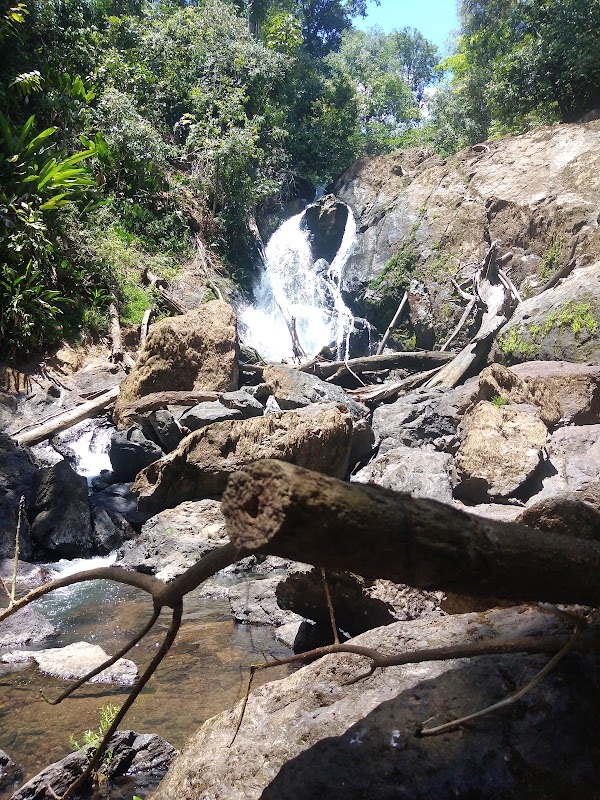Unearthing Remote Trails and Wildlife Spots Near Corcovado National Park
Exploring the lesser-known hiking trails near Corcovado National Park offers adventurers a blend of rugged terrain and intimate wildlife encounters. Discover routes that cut through dense rainforest, promising rich biodiversity and a raw connection with Costa Rica’s remote wilds.
Stay Hydrated in High Heat
The humid tropical climate can drain your energy quickly—plan to carry 3 liters of water per day and refill when possible near ranger stations.
Wear Sturdy Hiking Boots
Trails feature a variety of terrain from muddy paths to rocky shorelines. Boots with good ankle support protect you during uneven footing and wet crossings.
Start Early to Maximize Wildlife Viewing
Morning hours are cooler and animals are more active before midday heat drives them into shade. Plan your hikes to begin at dawn.
Carry Rain Protection
Rain is frequent and often sudden. A lightweight rain jacket or poncho helps keep you dry and comfortable on the move.
Unearthing Remote Trails and Wildlife Spots Near Corcovado National Park
Corcovado National Park in Costa Rica represents one of the wildest corners of Central America—a world where rainforest secrets unfold and creatures move with intent beneath towering trees. But just beyond its famous boundaries lie lesser-tread paths that offer a quieter yet equally compelling encounter with the forest’s pulse. These remote trails balance rugged adventure with rewarding wildlife viewing, ideal for hikers prepared to meet the jungle on its own terms.
One such trail starts at La Leona Ranger Station. It stretches roughly 12 kilometers (7.5 miles) with an elevation gain near 300 meters, threading through dense canopy where toucans and monkeys track your passage. The earth here is uneven, often soft underfoot after midday rains, so sturdy boots are a must. Expect to cross narrow wooden bridges and navigate occasional fallen logs, with the forest’s incessant chatter urging you onward.
Another route worth your attention is the San Pedrillo Trail, slightly more challenging at 13 kilometers one way and climbing closer to 400 meters. This path pushes you toward the coastal edges where scarlet macaws often appear in fleeting bursts of color against the ocean’s muted blues. The terrain varies, offering rocky scrambles alongside shaded river passages. This hike demands attentive footing and patience, especially when wildlife momentarily claims the trail.
For those chasing truly secluded experiences, the Sirena Station trail extends into the deepest reaches—20 kilometers one way, with uneven terrain and humid, mosquito-rich environments. The reward is unrivaled: chances to witness tapirs drinking at dusk and glimpses of rare jaguar paw prints pressed into soft mud. Timing here is critical; early mornings bring cooler temperatures and more active animals, but also the challenge of navigating in near-darkness.
Practical preparation is key across all these trails. Carry ample water—at least 3 liters per person per day—to match the tropical heat and humidity. Bring lightweight, breathable clothing and consider mosquito repellent treated fabrics. Since rain can surprise any hour, quick-dry rain gear is essential. Most importantly, pacing yourself respects the forest’s fierce resilience; these paths aren’t about speed but mindful engagement.
Each trail weaves a story alongside hidden creeks that dare you to cross and vines that tug gently at your sleeves like reminders of the forest’s watchfulness. Trails here do not yield easily, but their remote beauty rewards those who listen, observe, and move steadily through the wild heart of Corcovado’s outskirts.
Nearby Trips
All Adventures
Boat Charters
Water Activities
Adventures near Puerto Jiménez
Discover the unique and memorable adventures that make Puerto Jiménez special.
Frequently Asked Questions
Are guided hikes recommended for these trails?
Yes, especially for first-timers and those unfamiliar with jungle navigation. Guides increase safety, help spot wildlife, and share local knowledge about the ecosystem.
What wildlife can I expect beyond the park’s main routes?
Beyond Corcovado’s core, you’ll likely see howler monkeys, scarlet macaws, tapirs, and maybe even elusive jaguars. Early morning and dusk provide the best sightings.
Is it necessary to book accommodations in Puerto Jiménez ahead of time?
During peak dry season (December to February), accommodations fill quickly. Booking in advance ensures availability and access to local expertise for trail logistics.
How do I prepare for river crossings on these trails?
Carry trekking poles for balance and expect to remove footwear if currents rise. Water levels change rapidly with rain, so check conditions daily.
Are these trails safe during the rainy season?
They are navigable but more challenging due to slippery terrain and rising rivers. Extra caution and preparedness for weather shifts are vital.
Can I camp along these remote trails?
Camping is restricted to designated zones near ranger stations to protect wildlife and habitat. Always follow park regulations and obtain permits if required.
Recommended Gear
Sturdy Waterproof Hiking Boots
Provides necessary foot protection and traction on wet, uneven trails.
Lightweight Rain Jacket
Protects against sudden tropical storms common in rainy seasons.
High-Capacity Hydration Pack
Keeps hands free while ensuring ample water supply in high heat.
Insect Repellent Clothing or Spray
Essential for warding off mosquitoes and other insects prevalent in dense rainforest.
Local Insights
Hidden Gems
- "Cerro Aliso viewpoint offers unobstructed views of the Pacific and forest canopy edge, often missed by day hikers."
- "Hidden seasonal waterfalls along the San Pedrillo Trail, revealing quiet pools perfect for a midday pause."
Wildlife
- "Observe the advanced social behaviors of white-faced capuchin monkeys often heard before seen."
- "Look for red-eyed tree frogs resting on broad leaves near calmer streams at dusk."
History
"The region has long been home to indigenous Bribri communities, whose knowledge influenced current conservation strategies and sustainable tourism practices."

